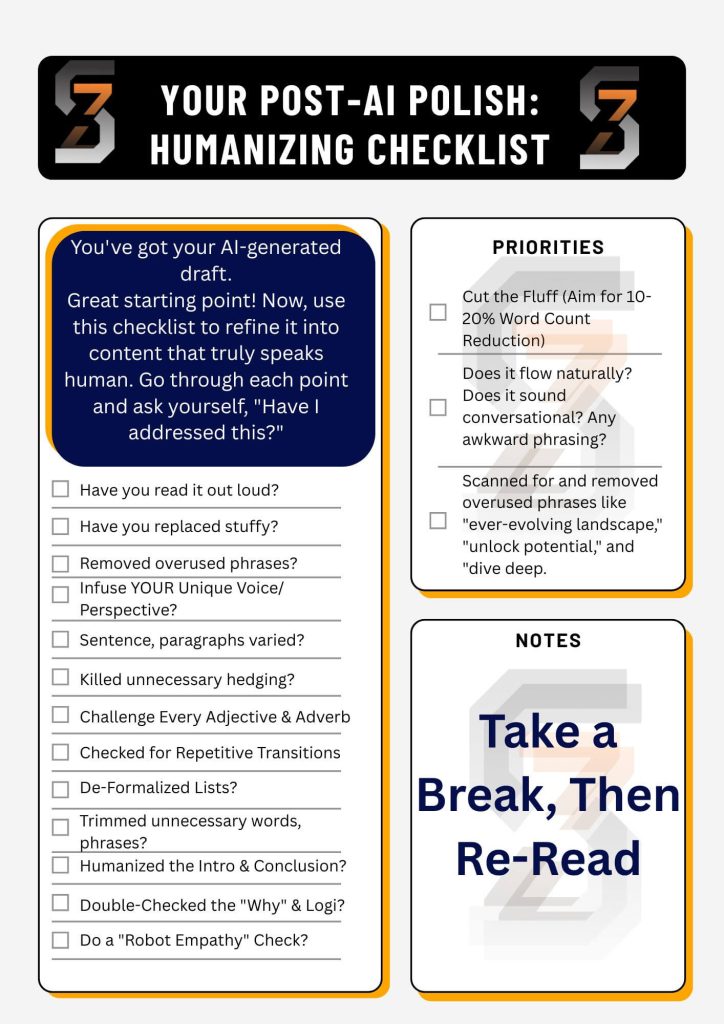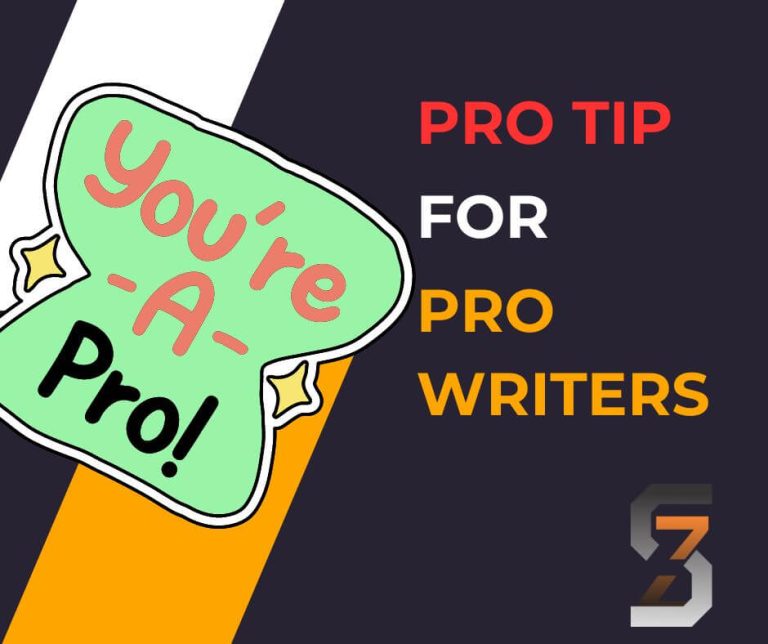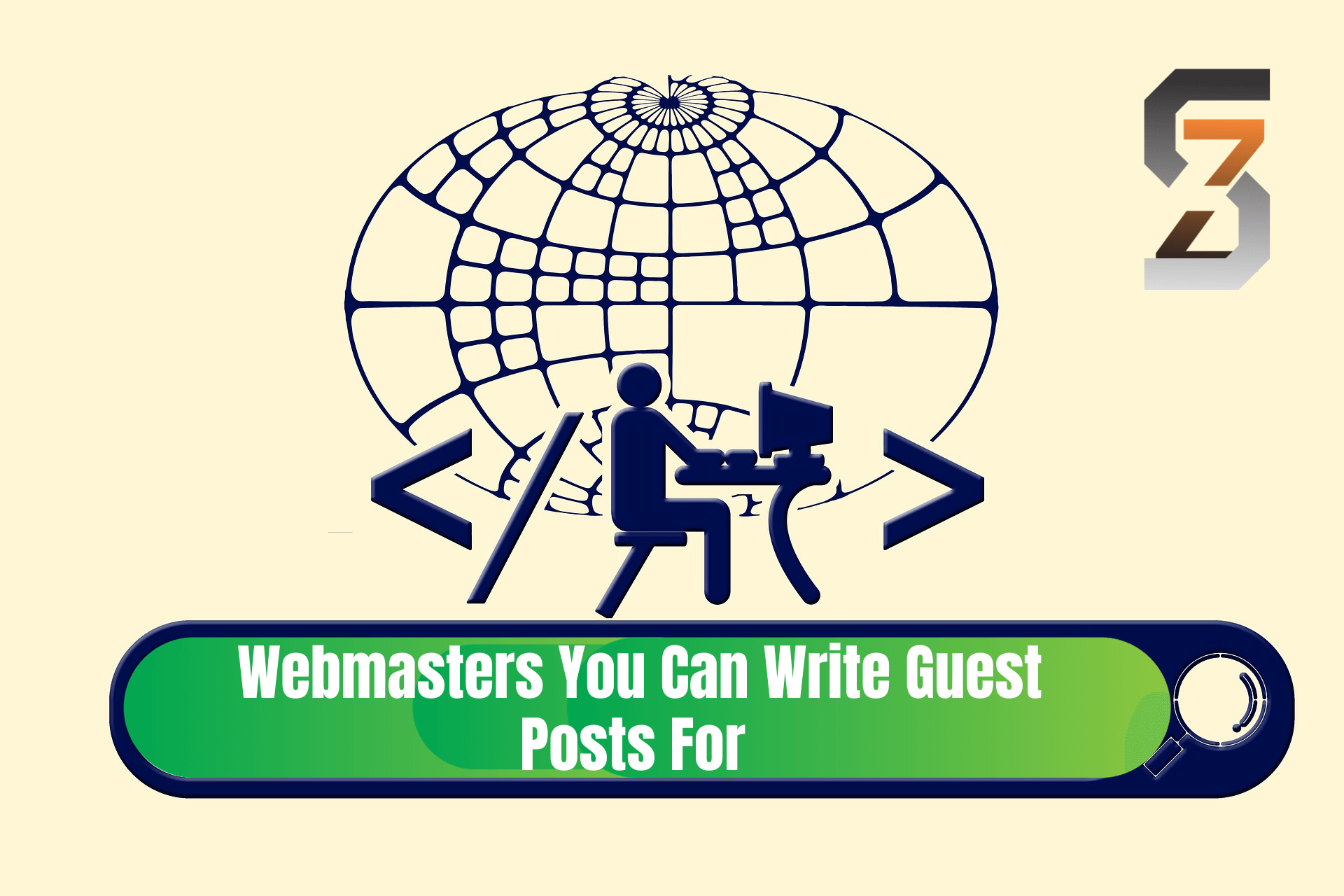Please Follow us on social media >>>>
Your Guide to Making AI Content Read (and Feel) Human
How to Stop Sounding Like a Robot: Your Guide to Making AI Content Read (and Feel) Human
That slightly stiff, a little too perfect, or just plain off feeling you get from some online content? Chances are, you’ve just encountered writing that practically screams “AI-generated!”
And if you’re using AI to help create your own content, you might be worried your text is sending out similar robotic vibes. You want to create content your audience and clients will love.

Artificial intelligence content generation tools are, without a doubt, incredible.
They save time, spark ideas, and can churn out text at a speed that feels almost magical. But (and it’s a big but), relying purely on raw AI output often means sacrificing something crucial: the human touch.
That spark of personality, the nuanced phrasing, and the genuine empathy that make writing connect, resonate, and actually feel human are what we are all looking for. It is what your audience wants to see in your writing, too.
Content that sounds robotic doesn’t just fail to engage.
- It actively turns readers away.
- It might get flagged by increasingly sophisticated AI detection tools,
- It erodes trust and even impacts your credibility or search engine rankings.
The world has gone more digital than we all are comfortable admitting, and it comes with a price.
We are gradually losing what makes us human: ‘genuine human connection through words’.
Echez O’ Ford
That’s where this guide comes in.
If you’re tired of your AI-assisted content sounding like it rolled off a digital assembly line, you’re in the right place.
I am not here to bash AI; it’s a powerful assistant.
Instead, I am here to help you master it and to guide you in refining its output so it amplifies your message rather than diluting it with telltale roboticisms.
This isn’t just about swapping out a few “AI words.” It’s about understanding the why behind those robotic tells and learning how to infuse your writing with authenticity, warmth, and a voice that’s yours (or your brand’s).
We’ll dive into the common words, phrases, and even structural patterns that make AI content obvious.
More importantly, I’ll equip you with practical, human-centered alternatives and techniques to transform your text.
Get ready to stop sounding like a robot and start crafting AI-assisted content that truly reads (and feels) human.
Let’s make your words work for you, not betray you.
Below are common words, phrases, and habits that can make your AI-assisted content sound like it was written by, well, a robot. For each one, you’ll find why it’s a tell and how to make it sound more human.
Think of this as your go-to list for a quick “humanizing” check-up before you hit publish.
Overly Formal & Grandiose AI Language
AI often defaults to a very formal, almost academic tone that most times feels out of place for online content.
- “In the ever-evolving landscape of…” “In today’s fast-paced digital world…”
- Why: Clichéd, overly grand, and often a space-filler.
- Human Swap: “Things are changing fast in (topic)…” or you use “Lately, in XYZ…”, you can even just start with your main point.
- “It is of paramount importance that…” or “It is imperative to…”
- Why: Excessively formal and strong for most situations.
- Human Swap: “It’s really important to…” “The key thing is…” “We need to make sure…”
- • “The aforementioned…” “The latter…”
- Why: Very formal, sounds like a legal document or old academic paper.
- Human Swap: “This…” “That…” “The second point…” Or simply rephrase to avoid needing it.
- “One might opine that…”
- Why: Stuffy, indirect, and overly formal.
- Human Swap: “Some people think…”, “You could say…” or “I think…” (if appropriate).
- “…is a complex and multifaceted issue.”
- Why: States the obvious in a formal way; most interesting topics are.
- Human Swap: “XYZ topic can be tricky.” or “There’s a lot to.” “Understanding isn’t always easy.”
Hedging & Over-Qualification (The “Maybe, Possibly, Could Be” Dance)
If you are anywhere near regular usage of AI, you must have noticed that AI tries to avoid being wrong. This leads to excessive use of qualifiers that weaken the writing.
Let’s work with some examples here:
- “It can be said that…” or “It is often argued that…”
- Why: Passive, weak, and avoids taking a stance.
- Human Swap: “Some argue…” or “Many believe…” Or state the point directly and confidently.
- “This may potentially lead to…” and “It could result in…”
- Why: Redundant hedging (e.g., “may” and “potentially” mean similar things).
- Human Swap: “This might lead to…” “This could result in…” / “This could mean…” And if you are sure of what you are talking about and you have data to prove it, then go ahead and state your stance.
- “It seems that…” / “It appears to be…” (when stating facts)
- Why: Unnecessarily hesitant about clear observations or facts.
- Human Swap: State the fact directly. (e.g., “The data shows…” instead of “It seems the data shows…”)
- “It is important to note that…” “It should be noted…”
- Why: Often unnecessary throat-clearing. If it’s important, show it.
- Human Swap: “Remember,” “Keep in mind,” “Crucially,” Or just state the point.
- Overuse of “various,” “numerous,” and “multiple” without specifics.
- Why: Vague; humans often try to be more precise or give examples.
- Human Swap: Be more specific if possible (e.g., “three key reasons,” “several types, including X and Y”) or use “some” or “many.”
Buzzwords & Abstract Jargon
AI is trained on a lot of corporate and marketing text, so it loves buzzwords.
- “Leverage” (as a verb)
- Why: Overused corporate jargon.
- Human Swap: “Use,” “Benefit from,” “Take advantage of,” “Make the most of.”
- “Unlock the potential of…” / “Harness the power of…”
- Why: Clichéd and often overly dramatic metaphors.
- Human Swap: “Realize the potential,” “Develop,” “Access,” “Use [something] effectively.”
- “Navigate the complexities of…”
- Why: Abstract
- Human Swap: “Understand,” “Deal with,” “Handle,” “Work through [the challenges of].”
- “Seamless,” “Robust,” “Holistic,” “Dynamic,” “Scalable” (when used generically)
- Why: Often used as empty adjectives without specific meaning.
- Human Swap: Be specific. Describe how something is seamless or robust. (e.g., “integrates smoothly,” “a reliable system that…”)
- “Empower”
- Why: A positive word, but its high frequency in AI output makes it a tell.
- Human Swap: “Enable,” “Allow,” “Help [someone] to,” “Give [someone] the tools/ability to.”
- “Optimize”
- Why: Often used vaguely.
- Human Swap: “Improve,” “Make better,” “Refine,” “Streamline.” Specify what is being optimized and how.
- “A testament to…”
- Why: Formal and a bit lofty.
- Human Swap: “This shows…”, “It’s a great example of…”, “This highlights…”
Repetitive/Formal Transitions & Enumeration
When AI wants to make transitions, it does something funny that you may have noticed.
It uses a limited and often very formal set of tools to connect ideas or list points.
Some examples come in handy here:
“Furthermore,” “Moreover,” “Additionally,” “In addition” (used excessively or back-to-back)
Why we discourage it: Too academic, and makes writing feel stiff and repetitive.
Human Swap: “Also,” “Plus,” “Another thing is…”, “Besides,” / “On top of that,” Or simply start a new sentence that flows.
“Firstly, Secondly, Thirdly…”
Why: Very rigid and overly formal for most content.
Human Swap: “First,” “Next,” “Then,” “Finally.” Or use bullet points/numbered lists without these adverbs. You can also simply structure your views in paragraphs.
“Thus,” “Hence,” “Therefore” (used frequently or in informal contexts)
Why: Formal logical connectors that feel out of place.
Human Swap: “So,” “That’s why,” “Because of this,” “As a result.”
“On the one hand… On the other hand…” (used predictably)
Why: No human uses it predicatively like AI
Human Swap: “While X is true, Y is also a factor.”, “Although X, it’s also true that Y.” “Consider X. Then again, there’s Y.”
Generic Positivity, Superlatives & Clichéd Metaphors
Apart from the transition problems, AI often tries to be enthusiastic and profound, but it comes across as inauthentic when you give it some weak prompts.
- “Amazing,” “Incredible,” “Fantastic,” “Revolutionary,” “Game-changing” (used generically or without strong justification)
- Why: Unearned and exaggerated enthusiasm.
- Human Swap: “Effective,” “Helpful,” “Interesting,” “Significant,” “New.” If it is revolutionary, explain why with specifics.
- “Dive deep into…” / “Delve into…”
- Why: Overused metaphor for exploring a topic.
- Human Swap: “Explore,” “Examine,” “Let’s look closely at…”, “Understand…”
- “Embark on a journey…”
- Why: This is overly dramatic for simply starting or learning something.
- Human Swap: “Let’s start with…”, “Begin by…”, “Learn about…”
- “The takeaway is…” (used too often as a crutch)
- Why: Can be fine, but AI can lean on this specific phrasing repeatedly.
- Human Swap: “The main point is…”, “What this means is…” , “Basically…” / “In short…”
Common AI Structural & Phrasing Habits
What we have discussed above centers more on some specific words, but beyond those, AI has some common ways of structuring sentences and presenting information. Like too much use of passive voice.
- Lack of contractions (“it is,” “you will,” “cannot”)
- Why: This is overly formal and makes text sound stiff and unnatural for most contexts.
- Human Swap: Use contractions: “it’s,” “you’ll,” “can’t.”
- Overuse of passive voice

We see these pattern always, and it kills your copy. Let’s go with a more common example here:
“The problem was addressed by the team.” Are there better ways of rendering the above so that it wouldn’t sound passive? Yes
- “In conclusion” / “To summarize” (at the start of every final paragraph)
- Why: Predictable and overly formal for many contexts.
- Human Swap: “So, the bottom line is…”, “Ultimately…”, “To wrap things up…” Or simply end with a strong concluding statement without a label.
- Perfect grammar and spelling, but a slightly “off” or unnatural flow.
- Why: AI excels at rules but lacks the intuitive rhythm and occasional “perfect imperfections” of human writing.
- Human Swap: Read your text aloud. Does it flow naturally? Vary sentence structure. Don’t be afraid of a slightly more conversational or even fragmented sentence if it fits the tone.
A Note on the Nature of AI:
It’s worth remembering that AI models are constantly learning and evolving. Some of these might become less common over time, and new ones may emerge.
However, the core principles of humanizing your content, clarity, authenticity, varied sentence structure, appropriate tone, and a genuine connection with your reader will always be relevant.
The goal isn’t just to avoid “AI words” but to cultivate a truly human voice.
Let’s move beyond individual word swaps and delve into some of the more subtle, systemic patterns that can give AI-generated content away.
We’ll also touch on how to develop an “ear” for these and even anticipate future tells.
Beyond Single Words: How to Recognize Deeper AI Patterns and Stay Ahead
While replacing obvious AI phrases is a great start, truly humanizing your content means looking deeper at the underlying structures, tones, and even the way information is presented.
AI models, for all their sophistication, still have characteristic ways of “thinking” and “writing” that a keen human eye (and ear) can detect.
Look Out for the “Perfectly Balanced” but Soulless Structure of AI Content
First Pay Attention to The Pattern:
AI often produces text with an almost uncanny symmetry.
Paragraphs are most of similar length, sentence structures repeat too predictably (e.g., Subject-Verb-Object over and over), and arguments are often presented with a “point-counterpoint” that feels formulaic rather than organically reasoned.
I have seen copies list three benefits, then three challenges, all in neat, uniform packages.
Why Some Copies Sound AI:
Human writing is messier, more organic.
We vary sentence length for emphasis, our paragraphs breathe with different paces, and our arguments are often built with a more natural, sometimes less symmetrical, flow.
How to Give a Human Touch to Your Copy:
- Vary Sentence Length: Mix short, punchy sentences with longer, more descriptive ones.
- Break Up Monotony: If you notice several sentences in a row starting the same way (e.g., “This allows…”, “This enables…”, “This provides…”), rephrase them.
- Embrace Asymmetry: Not every point needs an equal and opposite counterpoint. Sometimes one side of an argument is simply stronger or more relevant.
- Read Aloud: This is the best way to catch unnatural rhythms and repetitive structures in your copy. If it sounds monotonous when you say it, it will read that way, too.
Read Aloud: If it sounds monotonous when you say it, it will read that way, too.
Echez O’ Ford
The “Helpful Explainer” That Explains Everything (and Nothing)
AI often defaults to a very helpful, almost encyclopedic tone.
It might define common terms, over-explain simple concepts, or provide a lot of factual information without necessarily building a compelling narrative or a strong central argument. It feels like a collection of facts rather than a piece with a distinct voice or purpose.
Why it Sounds AI: AI is trained to be comprehensive and informative. However, it can lack the human ability to gauge an audience’s existing knowledge or to prioritize information for impact.
Human Touch:
Know Your Audience: Assume a baseline level of understanding. You don’t need to define “internet” in an article about social media marketing.
Focus on Insight, Not Just Information: What’s the “so what?” behind the facts? What unique perspective or interpretation can you bring?
Tell a Story: Even in informational content, a narrative thread or relatable examples can make information more engaging and human than a dry recitation of facts.
Have an Opinion (When Appropriate): AI often strives for neutrality. Human writing often benefits from a clear stance or perspective, especially in blogs, opinion pieces, or persuasive content.
The “Too-Smooth” Transitions and Predictable Flow
Look for the pattern: While AI avoids jarring transitions, it sometimes strings ideas together with a series of “furthermores,” “moreovers,” or logically sound but uninspired connectors.
The flow becomes too linear, too predictable, like following a well-worn path without any interesting detours or surprising insights.
Should you avoid this? Yes, and here is why: It reflects the AI’s attempt to create coherent text by linking related concepts from its training data, but it lacks the spark of human creativity in how ideas are put together.
Give It that Human Touch:
- Use Varied Transitions: Go beyond the standard logical connectors. Think about more conversational links: “Now, here’s where it gets interesting…” or “But what if…?”
- Create Surprise and Intrigue: Don’t always take the most direct route. A well-placed question, an unexpected anecdote, or a shift in perspective makes your writing more engaging.
- Ensure Genuine Cohesion: Are the ideas truly building on each other, or are they just loosely related points placed next to each other? A human editor looks for deeper thematic links.
The Overly Optimistic or Artificially Empathetic Tone
AI has an upbeat, positive, and encouraging tone, even when it might not be entirely appropriate.
Similarly, attempts at empathy can feel generic or pre-programmed.
This is often a result of “safety tuning” and the desire to be helpful and agreeable. However, it lacks the elements of genuine human emotion, which includes
- skepticism,
- concern, or
- even appropriate frustration.
How to infuse that Human Touch on this:
Match Tone to Topic: A serious topic might require a more somber or analytical tone.
Be Authentic: If you’re expressing empathy, make it specific and genuine. Share a relatable experience (if appropriate) rather than a generic statement.
Allow for Nuance: Not everything is “amazing” or “incredible.” Acknowledging downsides, challenges, or complexities realistically builds more trust than relentless positivity.
Anticipate Future AI words and Stay Ahead of the Curve
AI models are evolving rapidly. The “tells” of today might be ironed out tomorrow. So, how do you stay vigilant?
By understanding why these tales and patterns emerge:
- Training Data Artifacts: AI learns from the vast corpus of text it’s trained on. If common internet writing is full of clichés, corporate jargon, or certain stylistic tics, the AI will reproduce them.
- Optimization Goals: AI is often optimized for things like coherence, grammatical correctness, and “helpfulness.” This can lead it to prefer safer, more generic, or overly explicit phrasing. Look for writing that feels too perfect or too cautious.
- The “Safety Filter”: To prevent generating harmful, biased, or inappropriate content, AIs have safety filters. This often results in them hedging, being overly neutral, or avoiding strong opinions. Watch out for content that feels overly sanitized or afraid to take a stand.
- Lack of True Understanding: AI doesn’t “understand” in the human sense. It’s a master pattern-matcher. This means it can sometimes string together plausible-sounding sentences that lack deep meaning or miss subtle contextual cues. Always ask, “Does this make sense? Is there a deeper insight here, or is it just well-phrased fluff?”
Be a critical consumer of content yourself, noting common but weak phrases.
Echez O’ Ford
Always ask,
“Does this make sense? Is there a deeper insight here, or is it just well-phrased fluff?”
The best defense against sounding robotic:
The best defense against sounding robotic is to lean into what makes you human: your unique experiences, your critical thinking skills, your ability to synthesize information in new ways, and your distinct voice.
If you must use Ai, at least put in the work to make it yours.
- Always Edit AI Output: Treat it as a first draft, a brainstorming partner, or a research assistant, never the final product.
- Inject Your Personality: Don’t be afraid to let your style, humor (if appropriate), and opinions shine through.
- Question Everything: Does this sentence truly add value? Is this the best way to phrase this idea? Could this be more concise, more impactful, and more human?
By cultivating this critical awareness, you’ll catch current AI tells, develop an intuition for the kinds of patterns that make writing feel artificial, and come out victoriously human, no matter how advanced the AI becomes.
My take on AI content:
The rise of AI-generated content doesn’t mean you should sacrifice the soul of your writing.
As we’ve explored, artificial intelligence offers incredible potential to assist, inspire, and accelerate content creation.
But the secret to truly impactful communication still lies firmly in the human touch.
The robotic tells, the formal stiffness, the predictable patterns—these are merely byproducts of a tool still learning the art of human nature.
The goal isn’t to wage war against the machines but to harness their strengths while infusing your unique voice, critical thinking, and genuine empathy into every piece you create.
Content that feels human builds bridges, creates trust, and keeps readers coming back for more.
It’s the difference between information simply existing and a message truly landing.
So, the next time you use AI for your writing, remember this guide.
Read your drafts aloud, question the defaults, and don’t be afraid to rewrite, restructure, and inject your personality.
Embrace the editing process as your opportunity to move the AI’s output into something uniquely yours.
The landscape of content creation is undeniably shifting, but your ability to connect on a human level remains your most potent asset.
After all, in a world increasingly filled with artificial voices, an authentic one stands out more than ever.
Overwhelmed? Or Just Want an Expert Touch?
We hope this guide has empowered you to make your AI-assisted content to shine! Refining AI output takes time and a keen eye, skills we’ve honed through years of creating copy across all kinds of platforms.
If you’re looking to elevate your email campaigns, website content, video scripts, social media presence, or product descriptions but find yourself short on time or craving that extra layer of human polish, we’re here to help.








